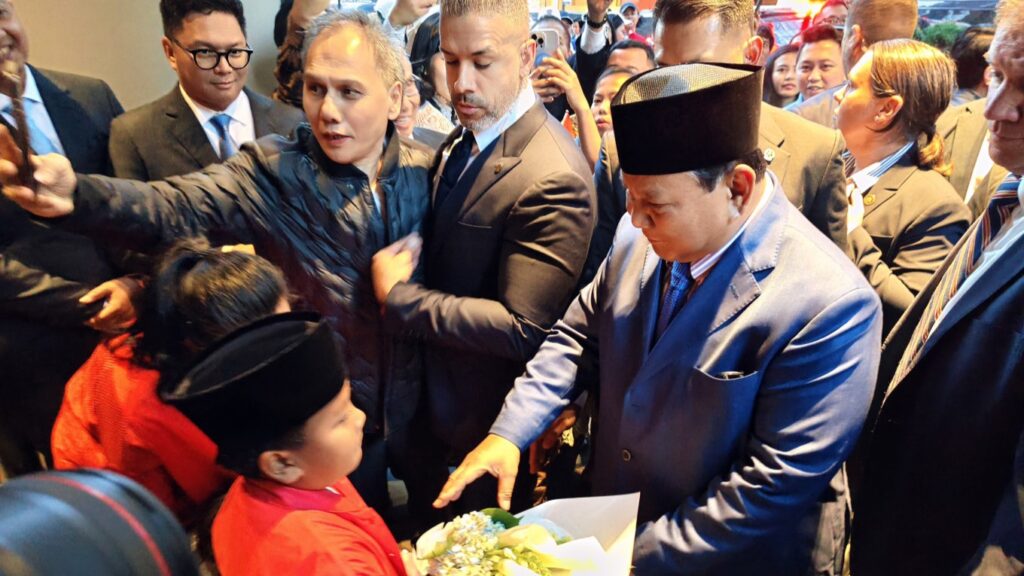Canberra – Australia is stepping forward with a measured yet ambitious vision for artificial intelligence, seeking to convert technological disruption into broad-based opportunity. In a reflection on the nation’s trajectory since 2017, when policymakers and industry leaders first began grappling with the future of automation, today’s debate has sharpened around AI’s transformative potential for both workers and the economy at large.
The government underscores that its responsibility is not only to mitigate risks, but to ensure that businesses, investors, and workers become beneficiaries of rapid change. With large language models accelerating adoption at unprecedented speeds, Australian leaders are calling for a national strategy that fosters innovation while safeguarding citizens.
Economic forecasts highlight the scale of opportunity. Projections from Goldman Sachs suggest AI could lift global GDP by 7% over the next decade, while PwC places the figure at US$15.7 trillion by 2030. For Australia, the challenge lies in harnessing this momentum to create new growth pathways, reduce trade barriers, and expand participation in global value chains. Already, AI-powered translation tools are lowering cross-border trade costs by double digits, effectively drawing Australia closer to international markets.
At the same time, policymakers recognise the uncertainties surrounding the labour market. While concerns over job displacement persist, evidence suggests that AI adoption is more likely to augment roles than to eliminate them, creating demand for new skills. As in past industrial transformations, governments and businesses alike are urged to invest heavily in reskilling and workforce adaptation.
Australia is positioning itself to become a global hub for AI infrastructure. With strong renewable energy capacity, abundant land, and trusted partnerships, the country is emerging as a leading destination for data centres and quantum computing development. International Data Corporation data shows global AI infrastructure investment nearly doubled in the first half of 2024, and Australia is set to capture a significant share.
The government has outlined five priorities to guide this transformation: accelerating AI adoption in key sectors, investing in workforce reskilling, attracting and coordinating sustainable infrastructure investment, promoting fair competition in global markets, and strengthening public services with AI. This agenda reflects a balance of regulation and encouragement, designed to maximise innovation without compromising trust or security.
For the broader Asia-Pacific region, Australia’s approach offers a case study in pragmatic governance. Rather than resisting change or adopting unchecked liberalisation, Canberra is charting a middle path—turning algorithms into opportunities while embedding AI into national strategies for growth, competitiveness, and social equity.
As AI reshapes economies worldwide, the country’s experience will resonate with ASEAN neighbours confronting similar challenges. By aligning policy with innovation and international cooperation, Australia aims to ensure its people emerge as beneficiaries, not casualties, of this new technological era.







